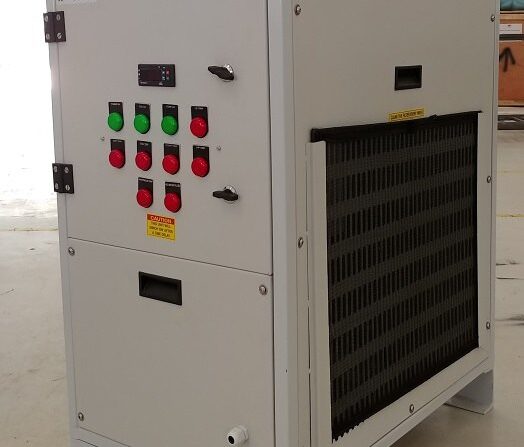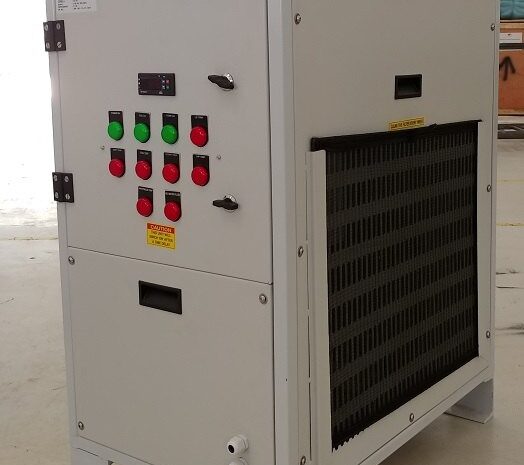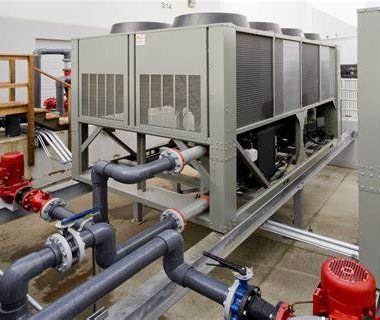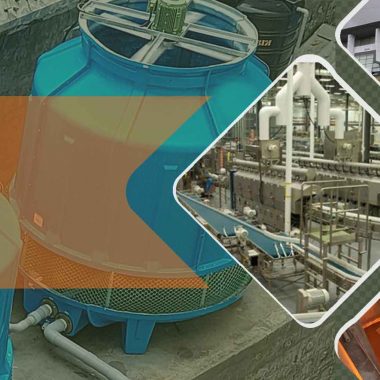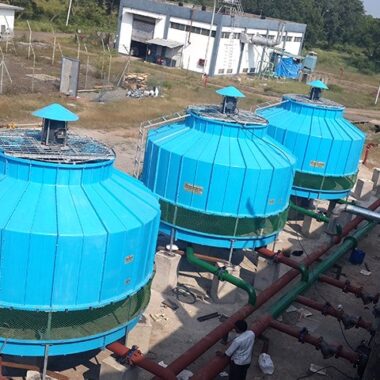Strategies for Preventing Server Meltdowns in Data Centers
Strategies for Preventing Server Meltdowns in Data Centers
Data centers are basic foundation housing servers and organizing equipment that support the advanced operations of businesses and organizations. Avoiding server meltdowns is foremost to maintaining uninterrupted service and protecting important information. Here are a few effective strategies for preventing server meltdowns in data centers :
1. Temperature and Humidity Monitoring:
Implementing temperature and humidity sensors all through the data center makes a difference monitor environmental conditions in real-time. Maintaining optimal temperature and humidity levels avoids overheating of servers and decreases the risk of hardware failure.
2. Precision Cooling Systems:
Sending accuracy cooling systems, such as computer room air conditioners (CRAC) or in-row cooling units, guarantees efficient cooling of server racks. These systems convey targeted cooling directly to the gear, minimizing hot spots and optimizing thermal administration.
3. Redundant Cooling Infrastructure:
Introducing redundant cooling foundation, counting reinforcement cooling units and repetitive CRAC units, gives failover assurance in case of essential system disappointment. Redundancy guarantees ceaseless cooling indeed during maintenance or unexpected gear downtime.
4. Hot Aisle/Cold Aisle Containment:
Executing hot aisle/cold aisle control arrangements optimizes airflow inside the information center, isolating hot and cold air streams to play down recirculation and make strides cooling proficiency. Containment systems, such as walkway doors and roof panels, help maintain temperature consistency and anticipate hot air re-entry into server intakes.
5. Airflow Management:
Legitimate airflow administration inside server racks is crucial for proficient cooling. Executing blanking panels, cable administration accessories, and wind current baffles optimizes wind current designs, reduces bypass wind stream, and improves cooling effectiveness.
6. Normal Maintenance and Cleaning:
Conducting schedule maintenance and cleaning of cooling hardware, air filters, and server components anticipates dust buildup and guarantees ideal execution. Normal assessments and proactive repairs address potential issues before they heighten into basic failures.
7. Remote Monitoring and Management:
Actualizing remote checking and administration arrangements enables proactive observing of server health, natural conditions, and cooling system execution. Real-time alerts and notices offer assistance IT staff react promptly to potential issues and avoid server meltdowns.
8. Disaster Recovery Planning:
Creating comprehensive disaster recovery plans, counting data reinforcements, off-site replication, and failover procedures, guarantees business continuity within the occasion of catastrophic server failures. Normal testing and overhauls of disaster recuperation plans approve their effectiveness and readiness.
By implementing these proactive procedures, information center administrators can moderate the chance of server meltdowns and ensure solid operations to support the advanced infrastructure needs of businesses and organizations.
